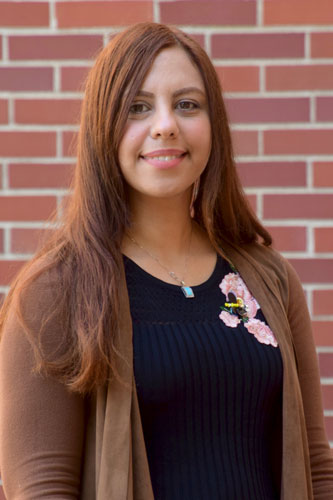 Yalda Khosravi
Yalda Khosravi
Yalda Khosravi, postdoc, University of Malaya (Malaysia)
Paul Stoodley, faculty mentor
Dental biofilms require continual management with mechanical removal methods such as brushing and flossing in combination with chemical antimicrobial dentifrices to keep them in check. However, despite routine oral maintenance biofilms can proliferate in hard to reach places such as the interproximal space and below the gum line. To solve this problem, we developed mouth model to determine the delivery of antimicrobial into the biofilm which may remain in hard to reach spaces of the dentition.
This model consists of a 500 mL chemostat in which a training typodont is placed to mimic the relevant dentition of the oral cavity. The system was placed on a rocker and kept at 37°C. The chemostat was inoculated once with 1000 ml of pooled saliva/plaque and run for four days. On day four, teeth from the typodont were used for Biofilm straining using 0.5% methylene blue (MB). Confocal microscopy, PCR and qRT-PCR were run to better understanding the bacterial community before and after treatment.
We developed an artificial mouth model to grow biofilm community under air by allowing the biofilm to develop its own anaerobic microniches. The goal of our study was to develop a biofilm model that more closely resembles salivary fluid flow around the dentition. This model could be used to screen the influence of toothpastes and mouthwashes on the dental plaque community and biofilm removal.